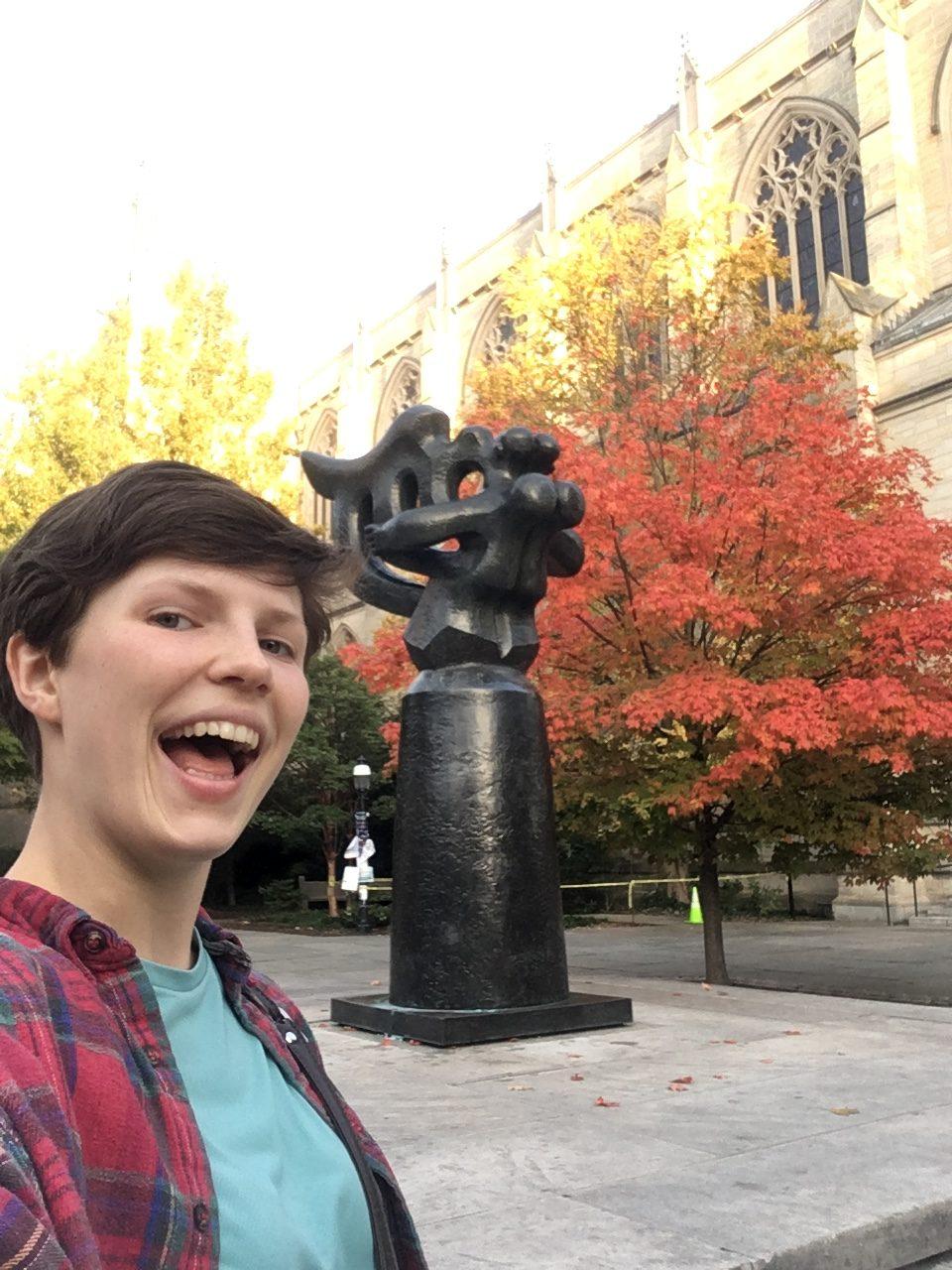Senior attends Princeton symposium
October 24, 2016
Emma Kellogg entered Princeton University for the first time. The buildings were ornate, of imposing stature and enclosed by trees. She had left the surrounding forest, but Kellogg still felt like she was lost in the woods.
Kellogg attended the college’s Creative Arts and Humanities Symposium from Oct. 16-17. The event, which accepted 90 high school students based on letters of nomination from teachers or counselors, was created to encourage interest in those areas at Princeton. All expenses were paid by the college. In total, there were six seminars and eight workshops, but each student went to only two seminars and one workshop.
After arriving Friday evening, Kellogg explored the campus with her host, a college freshman.
“One of my favorite things about the campus is there’s a little study area — it’s also one of my host’s favorite areas,” Kellogg said. “You go down some stairs into this cafe-type area, and there’s free cookies all the time. Students at Princeton are paid just to make cookies all day long to give the other students cookies for free, which would be an amazing job. And there were so many cool, giant, abstract sculptures all around Princeton, and the architecture was just so intricate and you really felt like you were art of a different time. The inside of the dining hall, it looked like Harry Potter.”

A few hours later, Kellogg went to dinner at the dining hall, then went to her host’s dorm room to read a text for one of the seminars she would attend the next day.
“There was actually an event that I missed out on because I didn’t look on the schedule enough,” Kellogg said. “Everyone was like, ‘oh this thing is so cool,’ and I was like, ‘oh.’”
The next day, Kellogg went to the seminars and workshop.
The seminars were both focused on language, the first of which was titled “Literary Translation as Collaboration.” There, Kellogg learned how the sounds of words affect translation. The class also discussed whether translating a work loses any of its original meaning or essence.
The second seminar was about communication throughout history. Students viewed several examples, especially of letters of recommendation.
“It was interesting to see those because a lot of them seemed quite silly,” Kellogg said. “It’s also interesting to see the way people communicated back then. Now you can just email a letter of recommendation to someone; back then they had to like travel, sometimes across the sea.”
Experimental dance was the topic of Kellogg’s workshop. A Princeton professor taught the high schoolers some basics, like how to move in ways that appeared “light” or “heavy.” After that, students partook in dance skits. For example, several groups selected three random parts of the body — Kellogg’s group chose the head, right foot and eyebrows — and a corner of the room or nearby area they felt spoke to them. Using those elements, they created the mini plays on their own.
“We had four people in our group and there were four benches outside,” Kellogg said, “so we used that to our advantage and made a kind of skit based off that which was very primal and strange.”
Their skit involved two students on top of and below a table, fighting a little tap war. At the end of the skit, the high schoolers who were on the bottom moved to the top.
“All of the students that came- they were so fully present in the dancing,” Kellogg said. “They really made some beautiful things and everyone was just really into it. We ranked which ones we wanted and drawing was my first choice for the workshop and dance was my second, but I am really glad I was put in the dance.”
Why did Kellogg decide to attend the symposium?
“It seemed like a really priceless experience to be able to have this opportunity to go to the school for free and be able to see a school that I probably never would have seen,” she said. “We also got to be a part of workshops and seminars involving the arts, which was a really amazing experience, to be able to have conversations with professors at Princeton that are involved in the arts and learn from them.”

